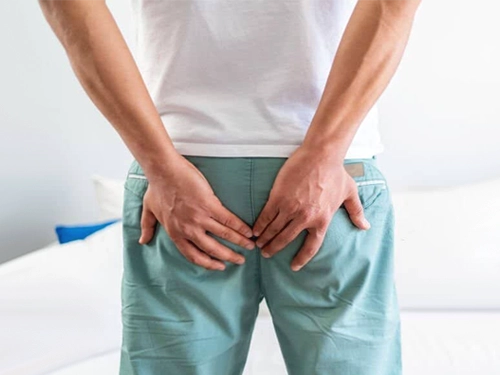
Chronic pilonidal sinus illness affects the sacrococcygeal region, which is located close to the tailbone. It is identified by the existence of a cyst or abscess, which frequently becomes painful and infectious. Combining laser hair removal with pilonidal sinus surgery is a frequent approach to this problem, as it lowers the chance of recurrence. This article will discuss the advantages, applicability, timing, and procedure of laser hair removal in relation to pilonidal sinus disease, as well as the function of surgery in managing this condition.
Pilonidal sinus illness is more common in men than in women and usually affects young adults. Its development is influenced by obesity, lengthy periods of sitting, and an abundance of hair. The illness frequently manifests as pain, swelling, and occasionally pus leakage from the afflicted location.
Pilonidal sinus surgery entails excision of the sinus tract together with any cysts or abscesses. The intention is to remove the contaminated area and leave a surface that is level and simple to clean. Although there are a number of surgical procedures, the surgeon's experience and the severity of the condition will determine which one is used. Regular cleanings and dressing changes are part of the post-surgery care that is essential to the healing process.
A major contributing factor to the recurrence of pilonidal sinus is hair growth in the sacrococcygeal area. Hair can cause infections and the development of new sinus tracts because it can pierce the skin. As a result, shaving this region of hair is crucial to avoiding recurrence.
The best time to start laser hair removal is either right before the procedure or right after the surgical site has fully healed. Initiating laser hair removal before to surgery might decrease hair density, which may mitigate the likelihood of difficulties following surgery. To avoid discomfort and infection, if started following surgery, it should be postponed until the wound has healed completely.
Concentrated light beams are used in laser hair removal to target and destroy hair follicles. The procedure entails:
Not every individual is a good fit for laser hair removal. The best applicants are those that have:
Precautions and Considerations
Even though laser hair removal is usually safe, it must be done by a trained specialist. Skin irritation and pigment changes—which are more common in people with darker skin tones—are possible side effects.
In summary
“The integration of laser hair removal with pilonidal sinus surgery provides a holistic strategy to treating and preventing the recurrence of this excruciating condition. Appropriate candidates can get substantial benefits from this combination at the right time, which will lower the chance of recurrence and improve quality of life. To decide on the best course of action, as with any medical treatment, it is imperative to speak with healthcare professionals.”
 Everything About Male Laser Hair Removal
Everything About Male Laser Hair RemovalIn recent times, men who are looking for a long-term solution to undesirable body hair have grown more and more interested in laser hair removal. Read More...
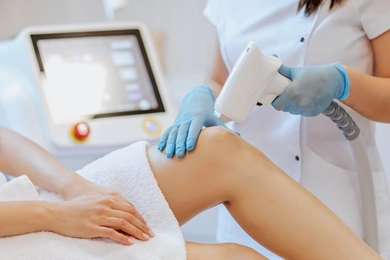 Laser Hair Removal vs. Electrolysis: Which is Right for You?
Laser Hair Removal vs. Electrolysis: Which is Right for You?Two popular techniques—Laser Hair Removal and Electrolysis—have emerged as front-runners in the race for smooth, hair-free skin. Read More...
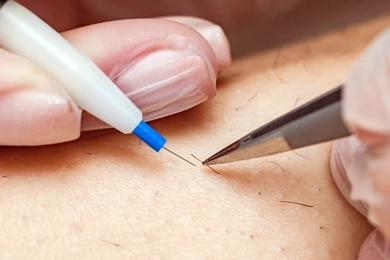 Differences Between Electrolysis and Laser Hair Removal
Differences Between Electrolysis and Laser Hair RemovalWhen considering permanent hair removal solutions, two methods dominate the industry: electrolysis and laser hair removal. Read More...
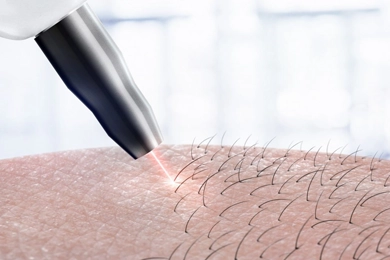 What Factors Affect Laser Hair Removal Prices?
What Factors Affect Laser Hair Removal Prices?The cost of treatment of laser hair removal may increase for clinics located in affluent or cosmopolitan areas due to higher operational expenses such as rent, utilities, and salaries. Read More...
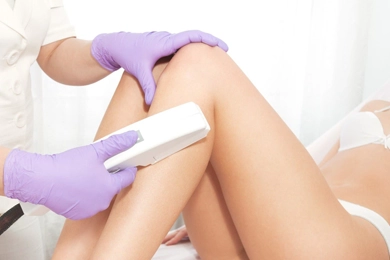 Acne After Laser Hair Removal And Its Treatment
Acne After Laser Hair Removal And Its TreatmentUnwanted hair can be removed from various parts of the body using the popular and efficient laser hair removal procedure. It provides a long-lasting method to stop hair growth, leaving skin that is smooth an Read More...
 Medications You Should Avoid While Receiving Laser Hair Removal
Medications You Should Avoid While Receiving Laser Hair RemovalUsing a laser to eliminate unwanted body hair is a common cosmetic technique known as laser hair removal. Many people elect to undergo laser hair removal in order to obtain a smoother, hair-free appearance b Read More...